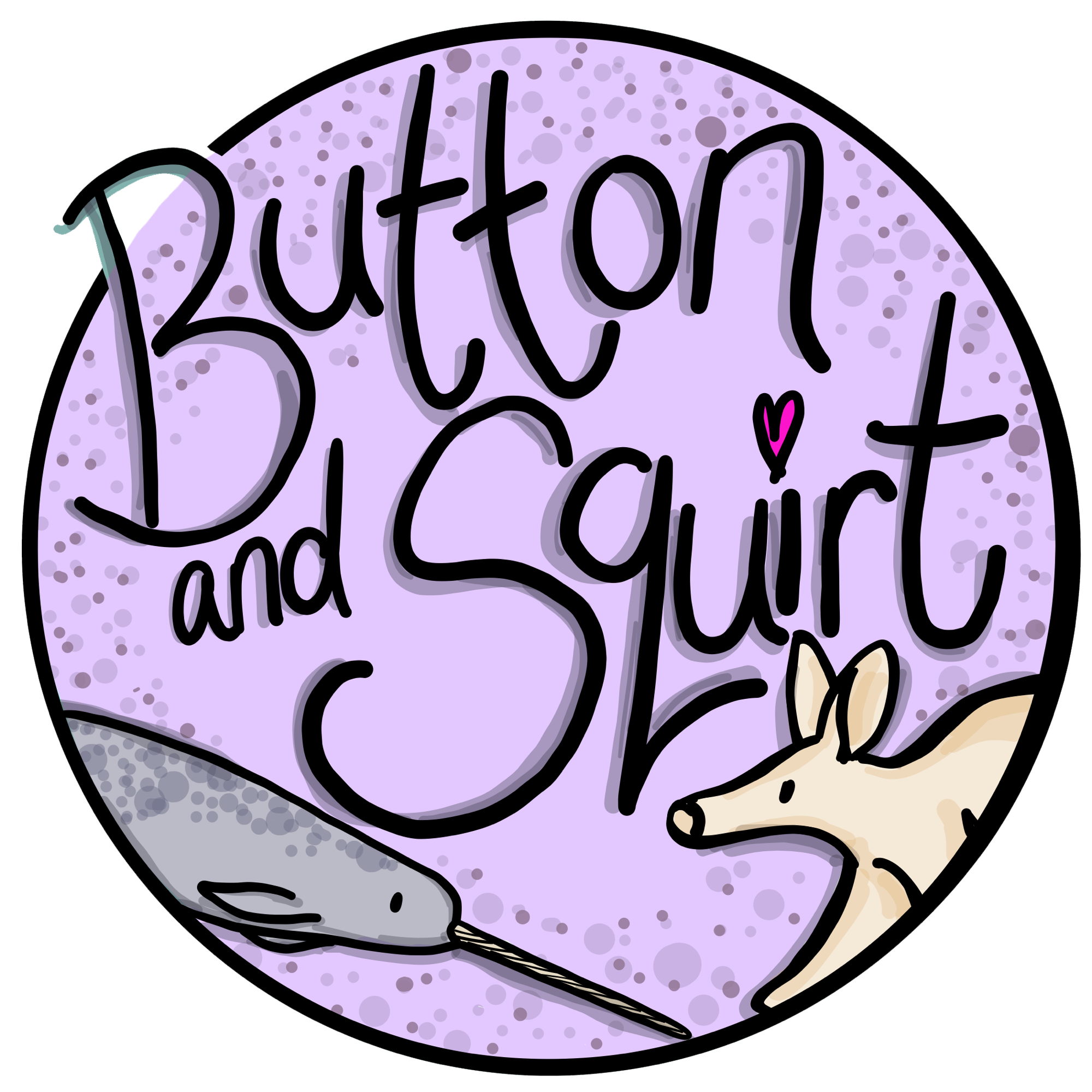Working with Wildlife - An interview with Dani Jensen
Posted on
Welcome to my series of interviews with some wonderful people who work within the natural world, from zoo keepers, to museum curators and everything in between and those that are on the path to working in these positions too. Be inspired for a future where you can combine your love of nature with your day job. I hope you enjoy these interviews, that you can learn something from them and they can inspire you.

Now let me introduce you to Dani.....
Name
Dani Jensen
Age
35
Location
Branson, MO
What do you do?
I’m a senior aquarist at the Aquarium at the Boardwalk.
How did you get into it?
I got a degree in marine biology and psychology, and during college I interned at an aquarium, as well as volunteered at a zoo. Because I started building my resume in college I was able to get a job at a zoo right out of college. Since that first job I have worked at 9 facilities across the US.
What made you want to do what you do?
When I was a kid I would visit SeaWorld often and I just wanted to work with animals so badly. In college when you are getting a marine biology degree, it’s highly research focused, and I didn’t really find passion for the research part. I knew I wanted to do husbandry.

What does it involve?
The basics? I’m a fish janitor. But here’s some more details. Every morning I clean the exhibits to make sure they are healthy for the fish and sparkling for the guests. Then I perform chemistry tests on our water to make sure that the animals environment is perfectly balanced. We meticulously prep the food for the animals for the day by weighing it and dividing it for certain animals. We do a lot of training sessions and behavioral observations during the feeds. Then we deep clean all the facilities we used before the end of the day and enter the data.
Did you need any qualifications?
Most aquarists have a B.S. degree of some sort as well as internships and volunteer work under their belt.
Any tips for a young person that wants to do what you do?
Intern and volunteer asap. It will help you decide if this career is for you, as well as get your foot in the door.
What is the best part of what you do?
Building relationships with the animals and having successful positive reinforcement training sessions when they do what you want them to do.
What is the worst part of what you do?
Losing animals sucks. You feel like you could’ve done better, and it’s sad. It’s also a very stinky job, I change my clothes before going home so I don’t smell like fish.
What is your favourite animal?
Leopard shark
What was the first animal that you fell in love with?
She was a yellow stingray named Avalon. I trained her to swim into a box to make catching her for her annual physicals stress free. I wrote a paper about the process and it was published in a zoo keeping magazine.
What is your favourite place in nature?
I love snorkeling on coral reefs. Just floating and watching the fish in one of the most complicated eco systems? Epic.

What do you like to do in your spare time?
I run a social media blog dedicated to my work over the years and I love sharing stories there. I also enjoy yoga, line dancing, and cuddling my dogs.
If you were not doing what you do now what else would you love to do?
Gosh, I have dedicated my whole life to having this job and being good at it, I don’t know if I could do anything else at this point.
Who inspires you?
Sylvia Earle. I got to meet her and it was the coolest day ever.
What are your hopes for the future?
One of my biggest goals is to make this career more well known so that kids know this is an option for them. You don’t often get “aquarist” as a result on your career aptitude test, you don’t find them at career fairs, and you don’t get to meet them unless you get to go to public aquariums. This career is awesome and I want kids from all walks of life to know it’s an option.
Is there anything else you would like to tell us about?
I helped build the aquarium where I currently work. It’s definitely my biggest accomplishment. I was here during the construction phase and got to install exhibits. I helped quarantine the fish for the exhibits. And then I helped move all the animals into the building and create the daily procedures to care for them.
Where can people find you?
@thelifeaquarist on Instagram/threads/X

Add a comment: